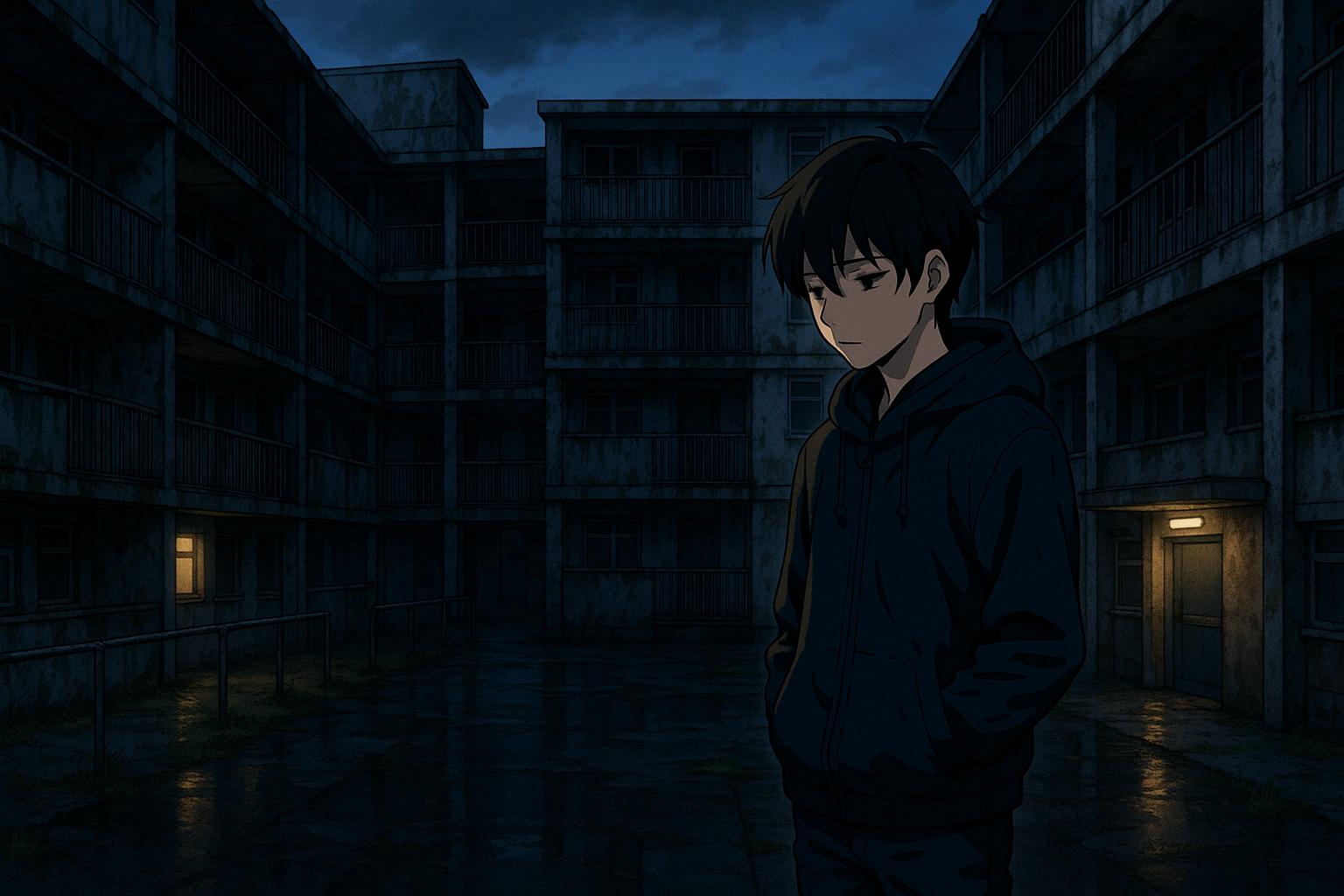Residents of the Gascoigne Estate in Barking, East London, are grappling with deepening frustration and neglect as they find themselves amidst an ongoing regeneration that seems to have left them behind. Living in a half-abandoned section of the estate, they voice feelings of being forgotten, trapped in homes ridden with damp and mould. With no firm timeline for relocation, these last remaining tenants are caught between the promise of new developments and the stark reality of their deteriorating living conditions.
The estate, originally built in the 1960s, has become a shadow of its former self, with vast swathes now reportedly resembling a “ghost town.” The few remaining council tenants, like the Fardi family, have been waiting for decant plans that were initially proposed over a decade ago. “It’s like they’ve accepted our living conditions because they plan to demolish our homes,” stated Imane Fardi. “You can’t just leave us here and not maintain the estate—it’s inhumane.” With fewer neighbours, the isolation amplifies their fears, particularly as crime and antisocial behaviour have surged in the wake of this reduced population.
Despite the ongoing construction of new buildings—all part of a phased regeneration project run by Be First, the council’s urban regeneration arm—those still residing in Dovehouse Mead feel overlooked. Barking and Dagenham Council has acknowledged the lengthy waiting period for current residents, assuring them that they are prioritising housing needs assessments. However, the absence of urgency in addressing basic repairs, such as responding to complaints about mould, further exacerbates residents' anxieties.
In stark contrast to the bustling activity of builders during the day, the evenings at Dovehouse Mead turn quiet and eerie, with insufficient street lighting fuelling safety concerns. Sallah Fardi, Imane's father, highlighted increasing instances of crime, including a recent burglary that left his family feeling vulnerable. “The estate is basically abandoned, and it’s scary to go outside,” he lamented. As crime becomes more prevalent, locals are left wondering about the effectiveness of police patrols in ensuring their safety.
Ironically, the nearby constructions promise homes that are marketed as sustainable and affordable; for instance, the Gascoigne East Phase 3b project aims to deliver 334 homes, including 90 set for London Affordable Rent. Yet, residents are left questioning why their living conditions remain unaddressed while the area’s transformation continues. The £39 million project is designed to significantly reduce carbon emissions but fails to alleviate the immediate distress experienced by families enduring neglect.
Local MP Nesil Caliskan has voiced her concerns regarding the wellbeing of constituents in Dovehouse Mead, expressing frustration with the lack of a clear timeline for the decant process. Her commitment to supporting affected families reflects broader calls for accountability as the council navigates complex demands for housing amidst ongoing redevelopment.
Many residents, like Danielle Meere, share similar frustrations, revealing that their complaints regarding leaks and mould have largely been ignored. “It just feels like we’re not being heard,” she commented. The community's shared experience of neglect illustrates a growing divide between the ambitious vision of urban regeneration and the gritty reality for those remaining in outdated and unmaintained housing.
Outlined in the plans for the future, the Gascoigne Estate redevelopment is set to create a neighbourhood that promotes better living conditions, safety, and accessibility. However, this vision stands in stark contrast to the current plight of existing residents, who rightfully seek immediate attention and solutions to their worsening living situations. As regeneration continues to unfold, it is crucial that those who have lived in the shadows of these developments are not left behind.
With ongoing conversations surrounding crime, community support, and health-related issues arising from poor living conditions, the fate of the Gascoigne Estate remains a poignant reminder of the complexities entwined in urban renewal. The journey is far from complete, but for the remaining residents, their needs—and their voices—must be heard as this narrative continues to evolve.
Reference Map
- Paragraph 1: [1]
- Paragraph 2: [1]
- Paragraph 3: [1]
- Paragraph 4: [1]
- Paragraph 5: [1], [2]
- Paragraph 6: [1]
- Paragraph 7: [2], [3]
- Paragraph 8: [1], [6]
- Paragraph 9: [1]
- Paragraph 10: [1]
- Paragraph 11: [1]
Source: Noah Wire Services
